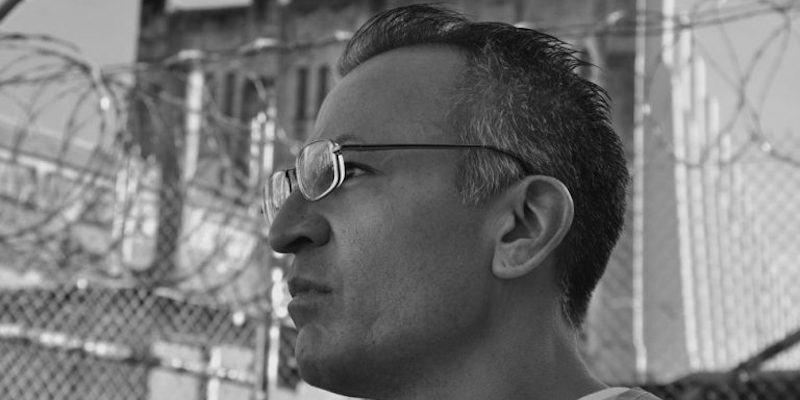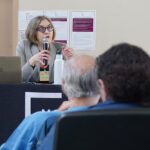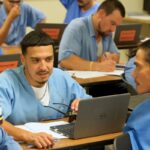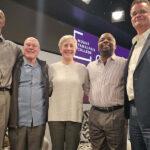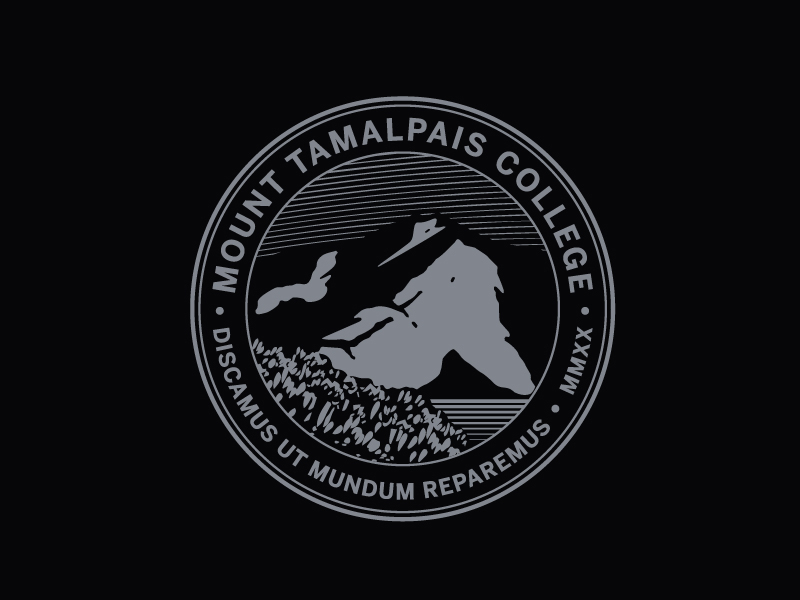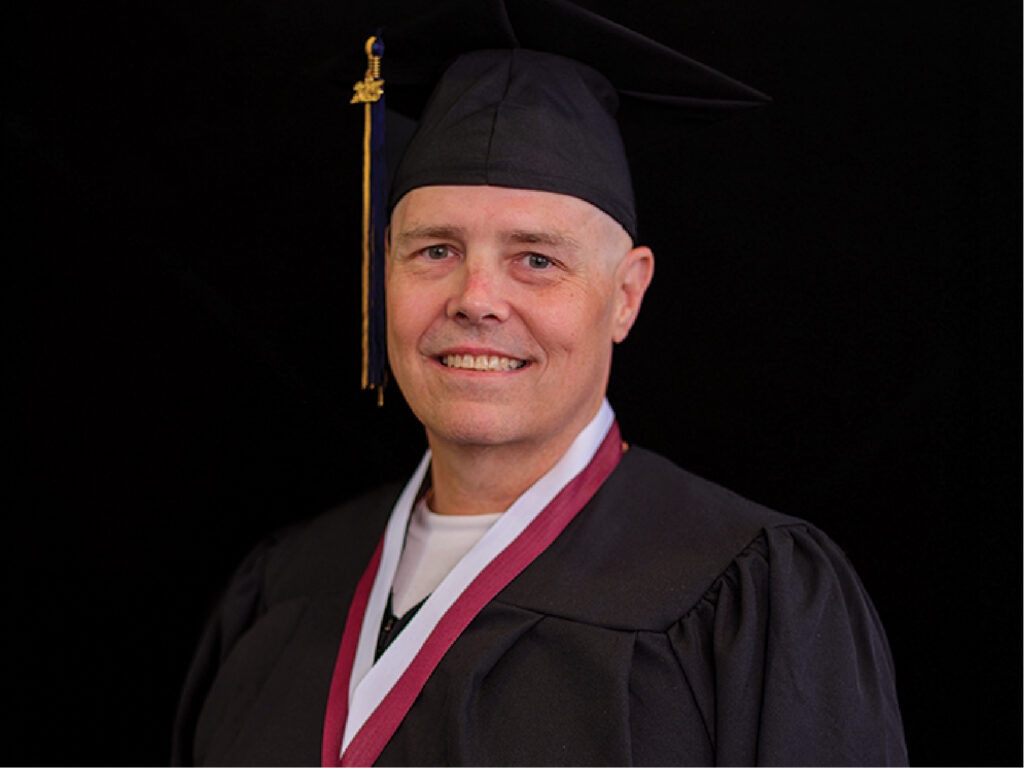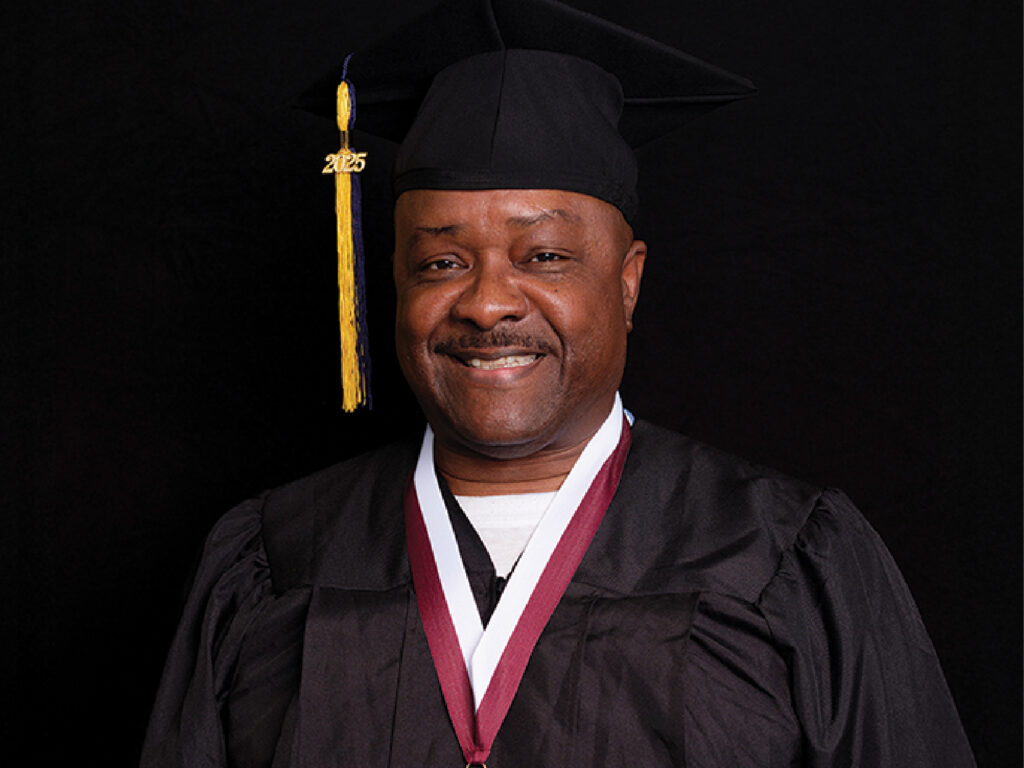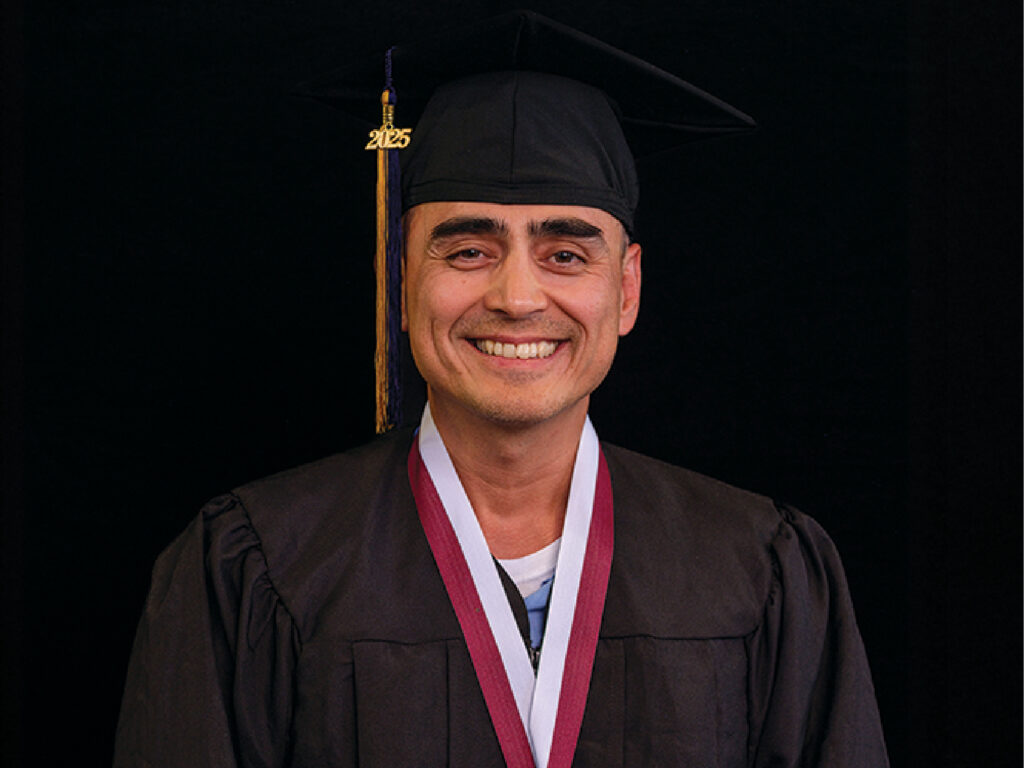As a working prison journalist, I wanted to keep my eyes and ears wide-open. I wanted to detail everything going on around me as COVID-19 raged out of control here. But a fog crept through me. Was it just a cold, a sinus infection, influenza—all things I’ve battled before? I woke to strange chills in the night; there was an acrid aftertaste along the back of my tongue. Maybe I just needed to pull out a blanket.
Is this what COVID-19 feels like? My temperature had been normal every day. My breathing remained strong and clear. I wanted to believe that meant I was fine.
Even though I knew I wasn’t.
On June 22 and 23, everyone in my building, San Quentin’s North Block, lined up for COVID-19 testing. I had just begun to feel weirdly awful. I overheard other guys describing the same things I was feeling. None of us wanted to alert the medical staff. So, you admit you’re sick? Well, let’s remove you from the few familiar comforts you have and throw you in an empty cell for a 14-day quarantine. That’s the protocol we all feared worse than COVID-19.
The guards called names throughout the day. “Pack all your property, you’re moving.” We assumed these guys had tested positive, but that wasn’t made clear. My cellie and I listened intently whenever a fresh set of names got called, holding our breath. When we weren’t on the list, we went back about our days, locked in the cell. So far, so good.
All I wanted to do the night of June 25 was watch some television before, hopefully, passing out. I hadn’t slept well all week.
Then the guards called my cellie’s name, with another group of housing moves, just after 8 p.m. “Damn,” he said as he jumped off his bunk.
For the next hour and a half, I lay on my bunk, staying out of the way as he packed up. As usual, the tier officer came by around 9 p.m. and double-locked all the cell doors. The building went quiet. Around 9:30 p.m., they repeated the list of names from earlier. “Get ready to move.”
Then they added one more. “Garcia, 409, you’re moving, too. Pack your stuff.”
Now it was my turn to say “Damn.”
San Quentin’s South Block, where quarantined inmates are housed, is separated into four alphabetized units — Alpine, Badger, Carson and Donner. Sometime after 11 p.m., one of the North Block’s Inmate Disability Assistance Program workers, my buddy Ron Ehde, stopped by. “You’re getting housed over in Donner,” Ehde told my cellie, sharing information he had gleaned from events of the day. By no means was it official, but it was more than anyone else would provide for several days. “It looks like that’s where guys who tested positive are being put right now.”
“And you, your test probably came back negative,” Ehde explained to me. “But you’ve been celled up with a positive. So they have to quarantine you somewhere else, over in Carson.”
Six of us made our way across the prison around midnight, pushing rickety carts overflowing with boxes, bags, odds and ends. Four men, including my cellie, disappeared into Donner. I was left at the edge of Carson with another prisoner. An officer there gave us our cell numbers on the third tier.
After a couple of trips lugging boxes up and down, I began to wonder if I was experiencing the COVID shortness of breath. I was woozy and sweating. Strange faces stared silently out at me from the cells I passed. This was an administrative segregation (ADSEG) housing unit—each man housed alone, left to stew in his own thoughts.
I peered into the open door of a depressingly dirty cell. “Has this cell been properly disinfected?” I asked.
“This cell’s been empty for a long time, since way before there was any COVID,” the officer said. “You don’t gotta worry about any of that.”
I knew the deal—just get all my stuff into the cell and let him close the door. I’d have to clean the entire cell before I could begin to feel comfortable—8 p.m. in bed watching TV seemed a lifetime ago.
There’s a demented cacophony of human voices universal to any ADSEG unit. Listening to my new neighbors in Carson, I could hear anger, pain, frustration. Some of these guys had been stuck here for months.
Eventually, I did receive a notice informing me that I’d tested positive for COVID-19—one more number in a group that has now passed 2,000. Fifteen San Quentin inmates have died.
During a routine temperature and breathing check, I told a nurse about my bouts of nausea, my night sweats, my constant weakness.
“You have no shortness of breath. You don’t need any hospitalization,” the nurse told me. “Your body is just fighting off the virus. Keep taking your Tylenol and drinking lots of water.
“You’re one of the lucky ones, sir.”
I don’t feel lucky.
Attribution: This article originally appeared in the Washington Post on July 23, 2020. Read Story
